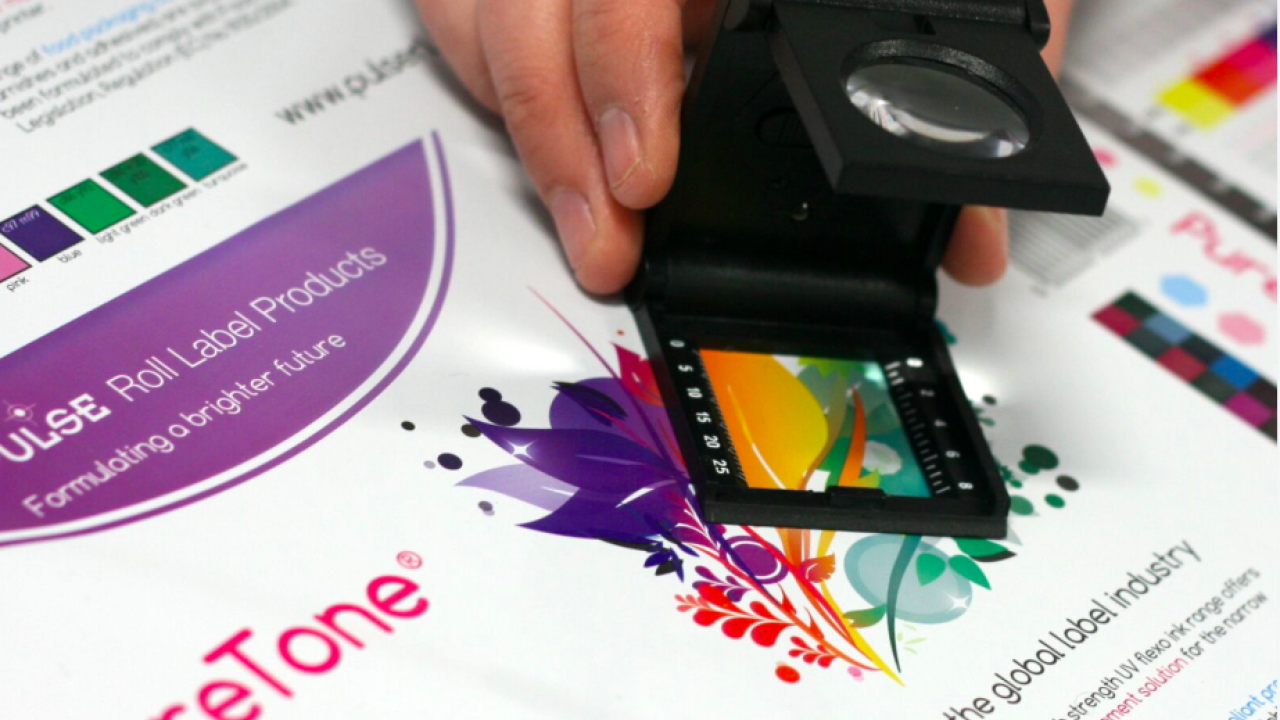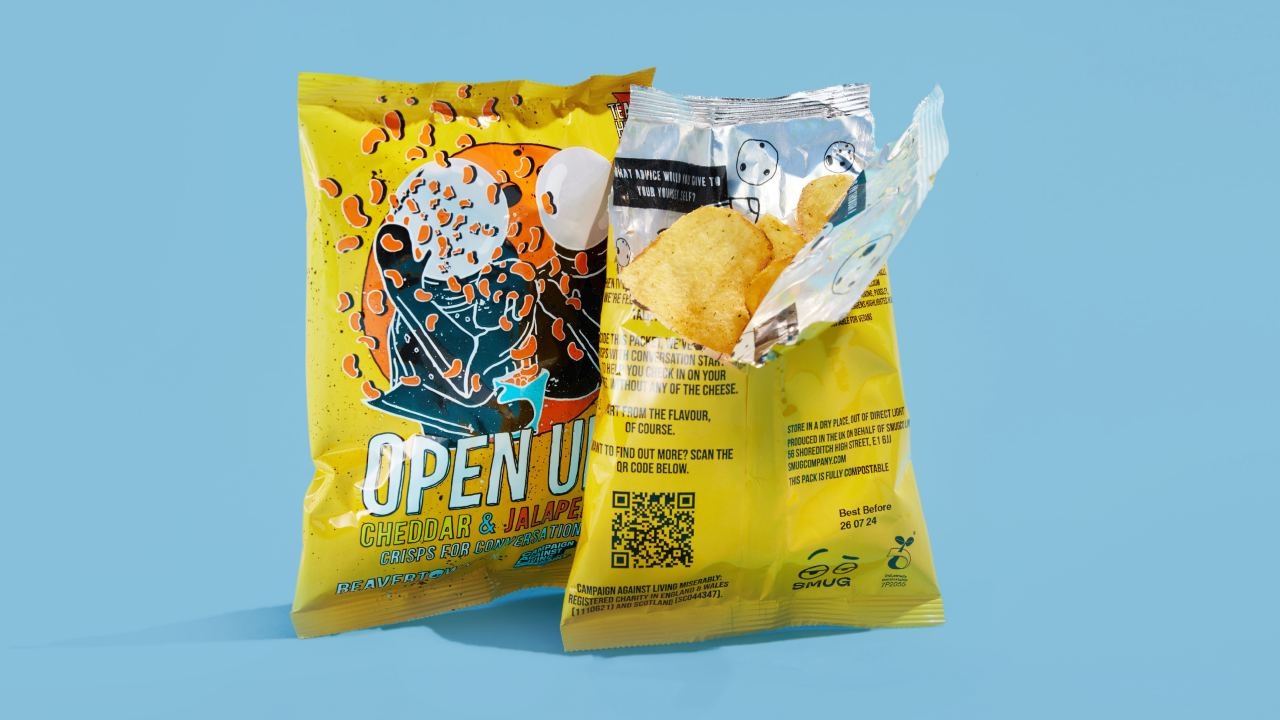Ink matters

Added to this potpourri are the concerns raised around migration of ink components through low barrier packaging materials into food, beverage and pharma products and best practice for this class of jobs.
Label converters are constantly torn between short-term buying based on price – the commodity approach – and the development of long term relationships with ink suppliers. Increasingly, converting groups are striking longer term deals with ink suppliers which include the supply and maintenance of automated ink mixing and logistics, often manned by an ink company operative – effectively turning the ink kitchen into a franchised operation run by the supplier.
The alternative is to develop these skills and knowledge in-house, which takes a high level of commitment to training in all aspects of ink handling and management and how the ink kitchen integrates with pre-press, quality assurance and warehouse departments.
Companies like GSE have made significant inroads supplying automated ink mixing and logistics systems to this class of converter, and a major development has been the integration of the company’s ink mixing and returns hardware and software with MIS system suppliers. Cerm, for example, has worked closely with GSE on areas such as automated ink reordering based on an accurate understanding of inks already in-store, returns waiting for reuse and planned jobs: future ink usage can, in principle, be obtained from density and coverage measurements taken at the PDF level.
Migration compliance
A key area where supplier expertise should be used is for applications where migration of ink components into food products is a potential issue. These applications require the use of low migration (LM) UV ink systems, sometimes called ‘packaging compliant’ in ink manufacturers’ promotional material.
LM (or ‘packaging compliant’) inks must be seen as one part of a wider workflow which seeks to eliminate any source of contamination from the press. Potential sources of contamination might include using the wrong kind of press cleaning chemicals, or airborne contamination.
Where combination presses are being used, care must be taken to ensure that all inks and varnishes used in that print run are LM. For example a job sequenced with UV screen, UV flexo, cold foil and spot varnish requires each element to be LM specified.
Low migration does not mean no migration. The use of LM inks does not eliminate the need to test any printed material intended for indirect food contact applications. These tests confirm that any ink components that have migrated are within strictly specified limits. The exact specifications will depend upon the customer and the territory in which the products are to be sold. Advice on regulatory compliance should always be sought from as far up and down the supply chain as possible.
In some cases, and particularly where odor is an issue, LM inks may be used in conjunction with a nitrogen inerted chamber to eliminate the oxygen which inhibits cross-linking.
This is the route taken by the inkjet industry, with both Durst and Screen now demonstrating LM presses which match LM inks with nitrogen chambers. (The challenge for designing inkjet LM inks is the greater particle sizes required must not clog or interfere with the delicate nozzle dispensing systems).
At Labelexpo Europe 2017, Siegwerk launched its Sicura Nutri Jet, a low migration UV inkjet ink series for food and pharma packaging. The company also launched Sicura Jet, a low-odor, non-CMR UV inkjet ink series designed for printing labels for household, hygiene and industrial packaging. Sicura Nutriflex LEDTec is a ‘migration optimized’ UV LED flexo series for food and pharma packaging.
All the major ink suppliers now offer LM products, and more were launched at Labelexpo Europe last year. One example was Zeller+Gmelin, which launched its Uvaflex FCM Y81 in a formulation which eliminates raw materials containing BPA. The molecular weight of the cross-linked photoinitiators is claimed to exceed that of conventional photoinitiators, and they contain polymerizable groups which participate in curing.
Pulse Roll Label Products showed its new food packaging compliant (FPC) UV flexo product range suitable for non-direct food packaging and labeling applications. The PureTone FPC ink system comprises a high strength process series and a mono-pigmented mixing base scheme. PureTone FPC is suitable for shrink films and general label printing. An FPC shrink sleeve opaque white, special blacks and metallic inks, plus FPC varnishes and adhesives are all part of the range, and a new FPC cold foil adhesive and FPC laminating adhesive for PE substrate applications is available.
Many end users, and particularly in the US, continue to specific water-based inks for these types of application, and modern inline presses can be fitted with hybrid drying systems combining UV with hot air/IR. Pulse Roll Label Products, for example, recently launched its PureAqua series of water-based flexo inks, varnishes, primer and additives.
Ink chemistries
Along with what are now standard narrow web drying and curing technologies – UV and water-based – we have recently seen the emergence of UV LED inks curing systems, and even the first use of Electron Beam (EB) curing.
Labelexpo Europe saw the launch of the EB-powered Gaia inkjet press for mass personalization of indirect food contact flexible packaging and labels. The press was built by Uteco, with the electron beam unit developed by ebeam Technologies. Up to now EB has only appeared on wider web package printing presses such as the VSOP, Rotatek and Omet VaryFlex Offset. These are expensive and sizable units, but the key benefit is there are no photoinitiators – the electrons cure the ink directly.
The major achievement of ebeam has been to miniaturize the EB unit in a form and price/performance factor suitable for the narrow web market. The EB inks were developed by INX Digital. Kao Collins – created by the acquisition of Collins by Kao last year – also offers EB-capable inkjet inks through the recently created Kao Advanced Printing Solutions business unit.
UV LED was a hot topic at Labelexpo Europe, driven by a new hybrid curing technology demonstrated by both GEW and IST. GEW led the way with its ArcLED unit, an exchangeable cassette which allows converters to switch between conventional and LED on the same print station. The power supply automatically senses which lamp system is installed. IST now has a similar system.
This allows converters to use UV LED where it is most beneficial – for example curing first down Whites or Blacks – while retaining their existing conventional UV inks for the rest of the job.
Flint Group was one of the first and strongest advocates of UV LED printing, following early pioneering work with Mark Andy. The company has supplied inks for presses with both full and partial UV LED curing systems.
One of the biggest obstacles to adoption of UV LED in indirect food contact applications has been the difficulty of producing a low migration version. Flint has now overcome these obstacles and at Labelexpo Europe laid out a roadmap for a low migration future based around its EkoCure Ancora UV LED low migration technology. ‘Low migration LED curable inks and printing systems open up opportunities for expansion into food packaging that did not exist before,’ said Kelly Kolliopoulos, global marketing director at Flint Group Narrow Web.
Sun Chemical introduced its SolarFlex LED migration-compliant UV flexo 4-color process inks that feature its M-Cure photoinitiators for rapid curing and full cure at high press speeds.
UV LED series are also being introduced for rotary and semi-rotary offset presses. Sun Chemical, for example, introduced both flexo and offset UV LED inks at Labelexpo, while Zeller+Gmelin showed Uvalux LED U45, an ink series with optimized gloss properties for UV LED offset printing, alongside a new product line for LED flexo printing.
Stay up to date
Subscribe to the free Label News newsletter and receive the latest content every week. We'll never share your email address.


